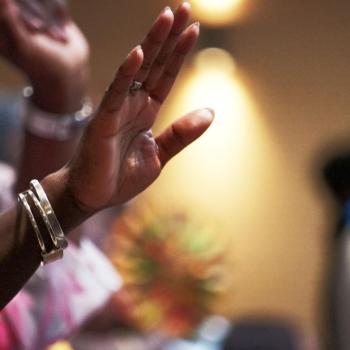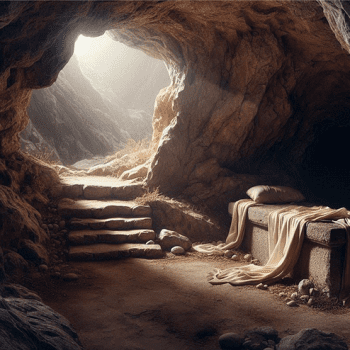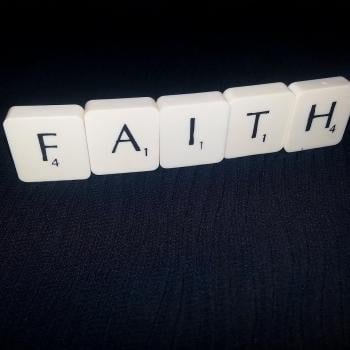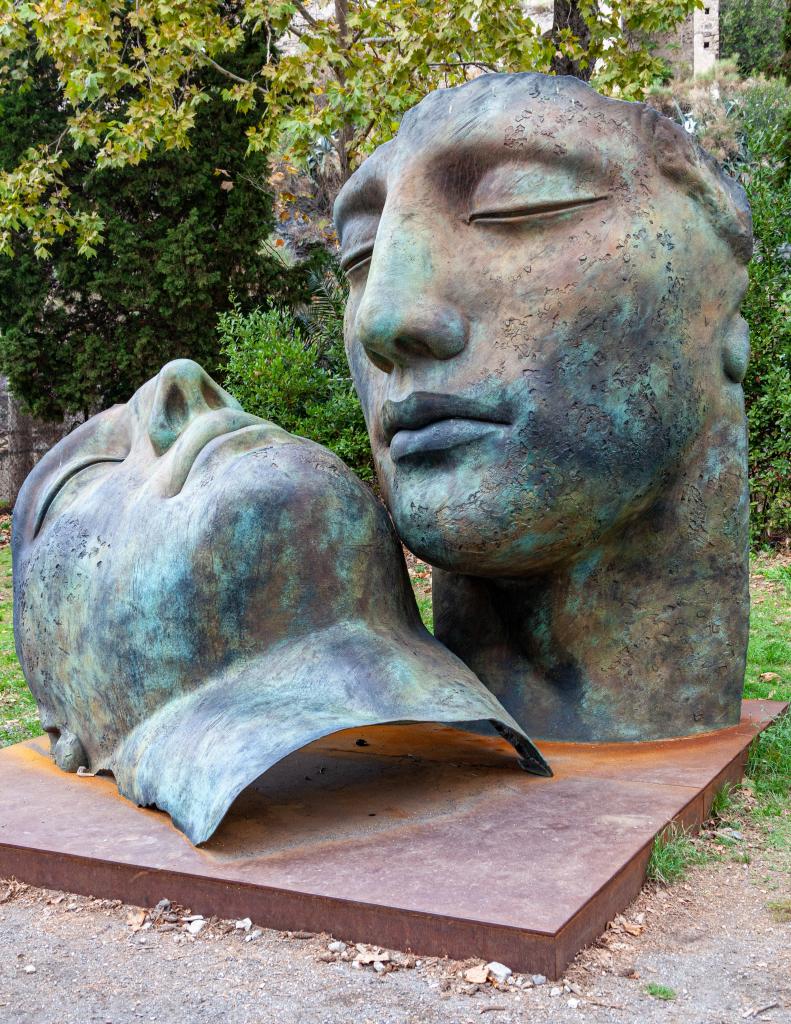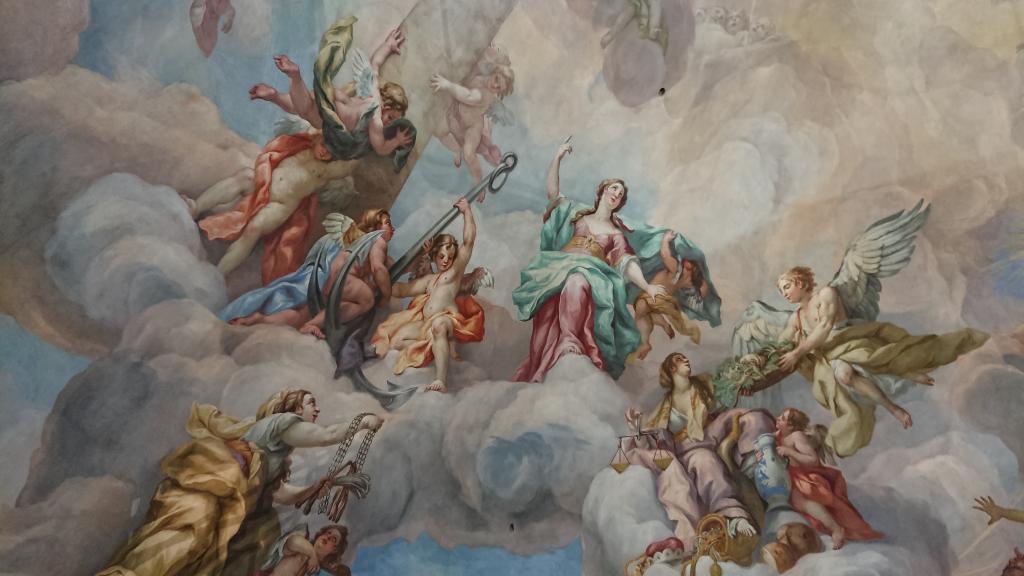Last week, my local independent cinema in Williamstown, MA showed a one-time showing of the film Mary Magdalene. Rooney Mara stars exquisitely as Mary, and Joaquin Phoenix performs a beautiful and conflicted Jesus. A good number of community folks turned up for the showing, including a sizable crowd from the Congregational Church where I pastor; I slouched low in my seat, three to four rows from the screen, and wept quietly nearly the whole movie.
I’m still unpacking why the movie had the emotional heft it did for me: I found the soundtrack by an Icelandic cellist deeply prayerful, the film pacing deliberate and contemplative, but it was seeing Mary pursue the voice of spiritual longing in her heart, embedded in the patriarchal culture as she was, that riveted me. She is expected to marry and have children, yet she boldly chooses to leave the security and safety of kin to follow the traveling teacher Jesus.
Joining the all-male, roving band of disciples is no walk in the park, either: Peter is skeptical of her and other than Judas—who turns out to be quite friendly but deluded—most keep their distance. In this movie’s take, all of the disciples assume, in spite of the fact that we never hear Jesus saying such, that their teacher will inaugurate a political kingdom to overthrow the Romans. Only Mary understands that Jesus is initiating an entirely different way of seeing the world, through union with God and inner participation with the realm of heaven.
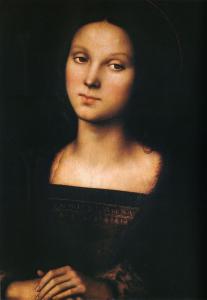
Mary becomes Jesus’s confidante, beloved friend, and trusted mentee. When Jesus has insomnia, Mary does, too. She, not the other disciples, see the pain he carries when, for instance, he has a vision of profound suffering when they reach Jerusalem. (Joaquin Phoenix’s Jesus lives largely in a visionary realm, connected to an expansive spiritual depth and power that allows him to manifest what is typically thought to be the “supernatural.” In the film’s showing, the miracles seem profoundly natural.) Mary helps Jesus speak to the women of the communities they visit, and Mary even baptizes them.
The power of this movie, I think, lies in the representation of Mary as a leading figure in Jesus’s movement. It’s one thing to read this in the Bible, knowing that she is the first witness of the resurrection and “apostle to the apostles”; it’s altogether different to see a narrative told that places her leadership as central. It changes the configuration of the typical all-male disciple story completely, and what’s more, it changes the picture of Jesus. Jesus, in this movie, is not a wonder-working, superhuman teacher guiding a band of comic-relief followers; Jesus is a very human teacher who is vastly misunderstood by nearly everyone, yet who shares a special soul friendship with one whose heart aligned wholly with his message. He is in this movie, a “Son of Man.”
The power of the images of Mary as a leader, soul-friend, and co-teacher with Jesus has great spiritual power to undo the way patriarchal religion has forgotten her story.
Following the film, we had a discussion, and I led filmgoers in a basic “Mary Magdalene” bible detective story. Using Cynthia Bourgeault’s brilliant The Meaning of Mary Magdalene, film goers read Scriptural texts that tell what we know about Mary: Mary is the first witness to the resurrection (John 24:1-11 and others), present at the burial of Jesus (Mark 15:47 and parallels), watching on while Jesus is crucified (Luke 23:49 and parallels), and in Luke and Mark at least, a woman freed from seven demons. That’s it. That is all we know about Mary Magdalene from the canonical gospels.
I asked the audience members to raise their hands if they had learned that Mary Magdalene was a prostitute: nearly the whole audience raised their hands. There’s just one catch, though: the prostitute label is nowhere to be found in the Scriptures!
There is an intimate scene in all gospels, though, of a woman anointing Jesus with oil. In Matthew, Mark, and Luke, this woman is unnamed, but in John’s gospel she is Mary of Bethany. In the process of church tradition, the Mary texts and the anointing texts become synthesized, with an additional layer of what psychoanalysis has dubbed the “Madonna/whore complex,” in which men see women through a saint or sinner dichotomy. Mary Magdalene, in patriarchal interpretation, plays the whore to Mary the Mother of Jesus’s Madonna.
So it is that Pope Gregory the Great preaches a sermon in 591, in which he states:
“She whom Luke calls the sinful woman, whom John calls Mary, we believe to be the Mary from whom seven demons are ejected according to Mark. And what did these seven demons signify if not all the vices? …It is clear, brothers, that this woman previously used the unguent to perfume her flesh in forbidden acts. What she therefore displayed more scandalously, she was no offering to God in a more praiseworthy manner.” (Quotation from The Meaning of Mary Magdalene page 22)
The process by which Mary Magdalene falls from grace in church tradition involves conflation of biblical texts, papal preaching, and all-male ecclesiastical centralization, turning Mary into a prostitute—instead of the apostle and beloved disciple of Jesus that she was.
This gorgeous, intuitive film restores Mary her rightful place. It’s a bold, feminist take, and it can restore Mary, and Jesus, to our hearts.
Photo: Mary Magdalene, by Pietro Perugino (1448-1523), public domain.


